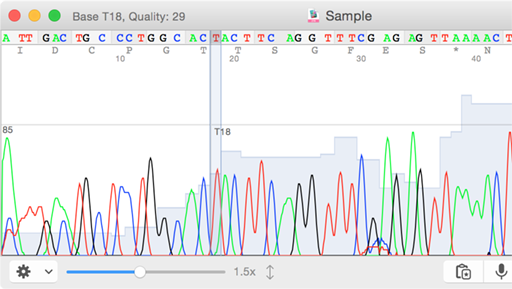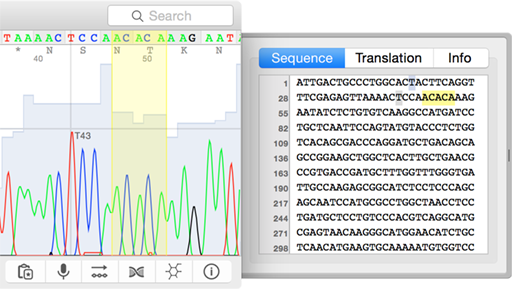
Together these findings indicate that EXOCs and their paralogs serve central membrane-bending functions, including the formation of TNTs. Furthermore, EXOCs have also been identified as effectors of the HIV Nef-1 protein, mediating the formation of nanotubes that facilitate intercellular virus transfer. Studies of the membrane-bending capacity of the exocyst have largely focused on EXOC7, where its ability to dimerize and generate membrane protrusions has lead to its comparison with the inverse BAR (I-BAR) proteins, which induce similar membrane deformations and like EXOC7 and EXOC3L2 are required for directional cell migration. Importantly, M-Sec’s ability to induce TNTs relies on its interaction with the GTPase Ral and the exocyst. A crystal structure for M-Sec was recently published and highlights its structural similarities with yeast EXOC3 (Sec6) and mouse EXOC7 (Exo70). TNTs are fine intercellular membrane connections that are implicated in the transport of organelles and protein complexes. M-Sec plays a key role in the formation of tunneling nanotubes (TNTs). M-Sec is another paralog of Exoc3 and is also known as tumor necrosis factor α-inducible protein 2 (TNFαIP2) and EXOC3元. It remains to be determined whether these alternative EXOC isoforms operate independently of the exocyst furthermore, if recruited to the exocyst, it is unclear if they replace their canonical EXOC counterparts or can be integrated in addition to them. Alternative splicing of EXOC7 permits isoform switching during epithelial to mesenchymal transition (EMT) in breast cancer cells, such that the mesenchymal EXOC7 isoform promotes a migratory phenotype through its ability to recruit remodelers of the actin cytoskeleton.

We have previously reported on the EXOC3 paralog EXOC3L2 and established that it is required for directional migration of endothelial cells and can associate with other EXOCs.

Isoform variants exist for several of the EXOCs and these are derived from alternative splicing of the canonical EXOC transcripts or paralogous gene expression. The exocyst complex is composed of eight distinct components (EXOC1-8) and tethers secretory vesicles to the plasma membrane prior to SNARE-mediated fusion and exocytosis. The funders had no role in study design, data collection and analysis, decision to publish, or preparation of the manuscript.Ĭompeting interests: The authors have declared that no competing interests exist.

This is an open access article distributed under the terms of the Creative Commons Attribution License, which permits unrestricted use, distribution, and reproduction in any medium, provided the original author and source are credited.ĭata Availability: All relevant data are within the paper.įunding: This study was supported by grants received by Paul O'Callaghan from Alzheimerfonden (AF-552581, AF-649251 ) and Demensförbundet ( ), and by Johan Kreuger from Cancerfonden (CAN 2014/820 ) and Uppsala University. Received: MaAccepted: JPublished: August 7, 2018Ĭopyright: © 2018 O’Callaghan et al. Citation: O’Callaghan P, Zarb Y, Noborn F, Kreuger J (2018) Modeling the structural implications of an alternatively spliced Exoc3l2, a paralog of the tunneling nanotube-forming M-Sec.


 0 kommentar(er)
0 kommentar(er)
